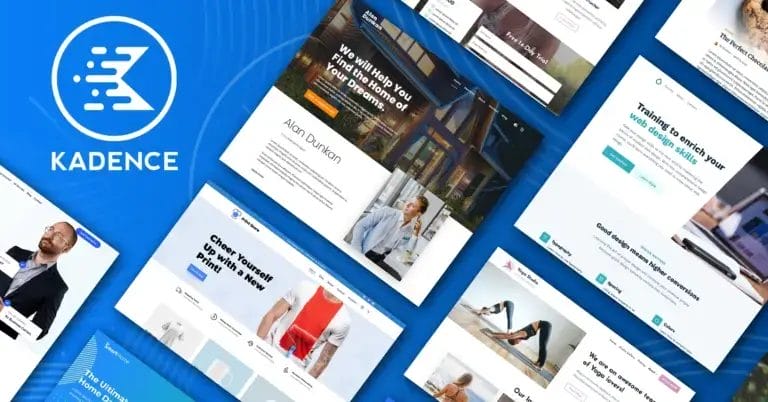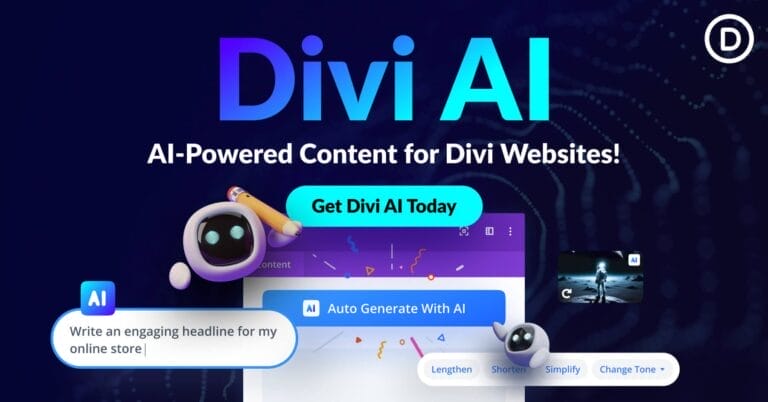How to Improve SEO Ranking with Increased Page Speed
SEO ranking heavily depends on your site’s speed. That said, you need to hire an SEO expert to reassess your strategies and advise you on the features that you need change, add, or remove to optimize your page’s speed.

No one wants sluggish websites these days and that makes speed invaluable for every web admin looking to increase online traffic and boost his SEO rankings. Google has already made it clear that websites that load faster on the mobile stand a better chance of being visible on the leading search engine than those with slow load time. This was with the realization that mobile browsers are bringing more traffic to Google as compared to their desktop counterparts.
The debate now is not about whether speed affects SEO rankings on Google. It has shifted to how you can leverage speed to improve your ranking. This will be the focus of our debate herein
Get the Best Updates on SaaS, Tech, and AI
How can you improve SEO rankings by increasing page speed?
If your loyal visitors have been complaining about your page being sluggish or if your competitors’ pages are loading faster than yours, then you must think of how to increase that speed otherwise you are likely to lose a big deal of business leads in the near future. Here are a few tips to help you out:
1. Optimizing your site for all browsers
Before launching your website you should first test it on all browsers to ensure that its load time is satisfactory. Testing it on a desktop browser and assuming that all is well across big and small-screen devices could be counter-productive. If your site is already up and running, consider redesigning it to make it mobile friendly or incorporating accelerated mobile pages into your site. AMPs load within seconds and increase mobile traffic.
2. Optimize your visual content for speed
In this time and age, you make it online without leveraging visual content for your site. However, images and videos take more time to completely load as compared to static text. How do you optimize your visual content so that you use it to attract traffic to your site without making it sluggish? You can do that by compressing images and converting videos to formats with the smallest bytes. Remember that both speed and visual content are key factors that Google considers when ranking websites.
3. Minimize ad popups
Ads make desktop browsers slow and mobile browsers overwhelmed. It is common to find a mobile screen stagnant after being overwhelmed by ad popups, which means that the user’s quest for your site’s content will always hit a dead end. You cannot afford to be losing visitors when your competitors are streamlining their websites to accommodate more people. For what they are worth, ads are of no use to you if they are keeping traffic away. Minimize them.
4. Optimize caching for site performance
If you have a cache time of at least a month for the content that doesn’t need regular updates, revisiting browsers are able to access your content without having to reload pages all over again. This enhances speed and makes the concerned visitors more attached to your site and encouraged to visit more often. That’s how Google’s ranking algorithms take note of your repeat guests and reward you with an improved ranking.
5. Choose the best web hosting plan
Maybe you started with a basic web hosting plan because you were operating on a shoestring budget. Or maybe you settled for an unpopular content management system (CMS) because it had an offer for new web admins. What you may not have known is that the cheaper the hosting plan, the smaller the online traffic it can handle at a go. It is now time to update to premium hosting plans or change the host altogether, otherwise, your site will keep getting sluggish.
6. Reassess widgets for your website
Widgets are really cool in the sense that they help you to increase your site’s functionality. You can, for example, include a comments section for all your blog pages, which then helps you to get views from your visitors and improve your site accordingly. Widgets also make your content shareable on different social media platforms. However, too much widget becomes counter-productive by slowing down your pages. Always maintain your site’s widgets at the bare minimum so as to leverage their power without compromising speed.
SEO ranking heavily depends on your site’s speed. That said, you need to hire an SEO expert to reassess your strategies and advise you on the features that you need change, add, or remove to optimize your page’s speed. Based on several studies done by Outsource2EU, Europe has become one of the leading continents with experts specializing in SEO services, who can guarantee results. That is why most international corporations have turned their eyes to European countries and are outsourcing their services there.
FTC Disclosure: The pages you visit may have external affiliate links that may result in me getting a commission if you decide to buy the mentioned product. It gives a little encouragement to a smaller content creator like myself.


